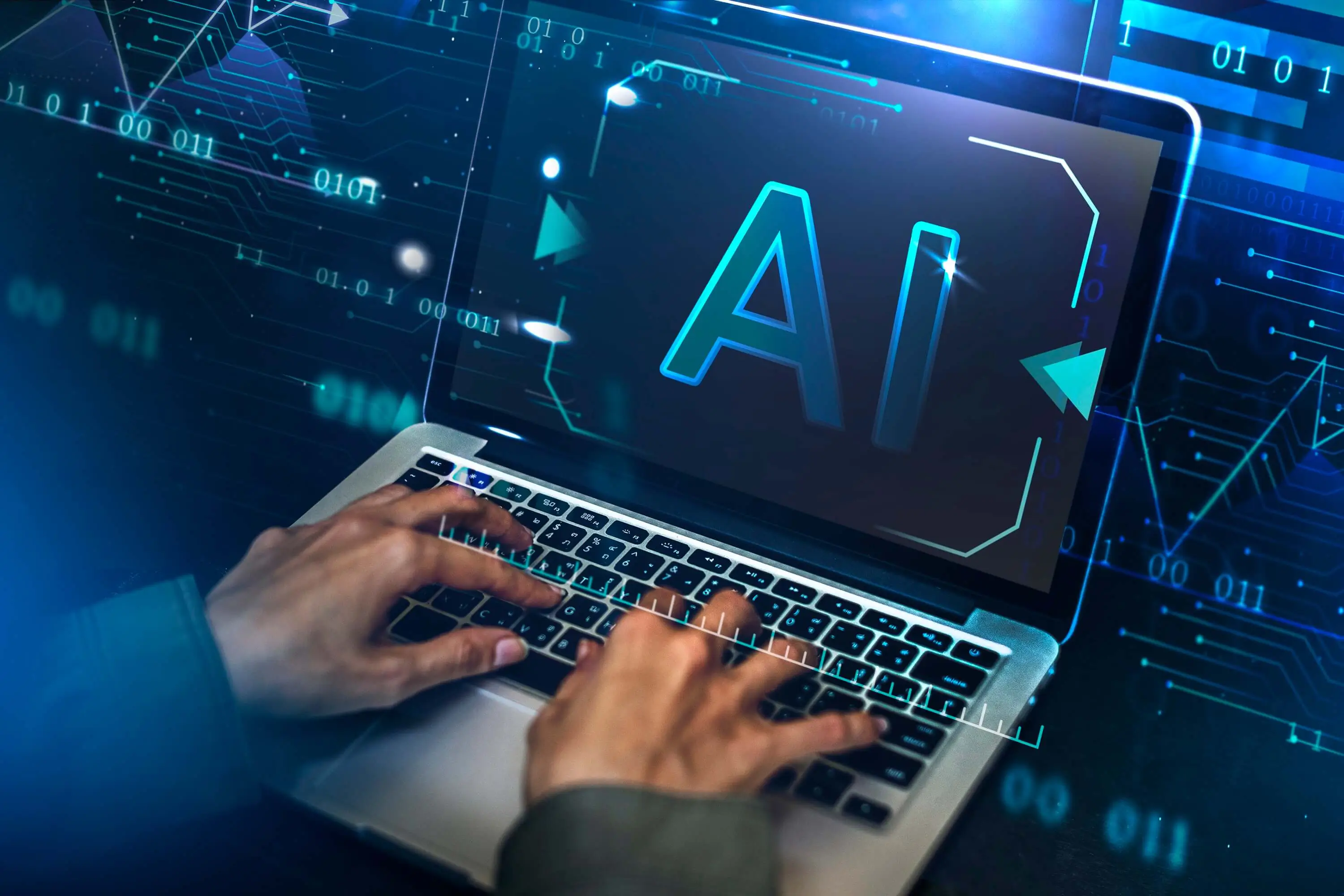What Is the Future of Work Trends for 2024?
As we usher in the year 2024, the future of work unfolds with both promise and uncertainty. Observations from 2023, coupled with insights from influential reports like the McKinsey Global Institute’s “The Future of Work After COVID-19” and the World Economic Forum’s “Future of Jobs Report 2023,” reveal important shifts.
This article explores five key trends poised to shape the landscape of work in the coming year.
Advancing Amidst Uncertainties: Setting the Stage for 2024
In the aftermath of economic uncertainties and technological leaps, the digital workplace is undergoing a transformative journey. The surge in the adoption of advanced technologies in the workspace, a heightened focus on employee well-being, and especially the rise of remote and hybrid work models define the landscape.
As 2024 approaches, these shifts promise a more digitized, flexible, and employee-centric future, establishing the groundwork for the evolution of the smart workplace.
1. AI: Unleashing the Power of Automation

Generative artificial intelligence (AI) has taken center stage, ushering in a paradigm shift. The numerous capabilities AI brings to the workforce are expansive and truly transformational.
The accelerated adoption of AI, machine learning, and data analytics continues to automate tasks of every kind, giving employees the power to engage in more strategic and creative endeavors within the smart workplace.
AI's Promise and Challenge
The promises of AI are expansive, from boosting business revenues to transforming decision-making processes. However, cautious deployment is essential to maximize benefits while addressing reservations about blind AI integration in the smart workplace.
2. Nurturing a Digital-First Workforce
Digital transformation necessitates effective onboarding and sustained adoption. A tailored, interactive, and digitally adept onboarding experience sets the tone for a worker's journey
Digital adoption platforms provide ongoing support, reducing the learning curve and enhancing user engagement. Focusing on these aspects improves the immediate impact of the digital workplace, leading to increased efficiency and effectiveness within the smart workplace.
From Onboarding to Lifelong Learning
A seamless onboarding experience is important, with digital adoption platforms offering continuous support, emphasizing the importance of ongoing learning in the digital age within the smart workplace.
3. Balancing Productivity and Well-being
Overcoming the challenges of a distributed workforce requires innovative thinking and strategic planning. Fostering a cohesive and inclusive culture in a hybrid work environment involves leveraging technology for virtual interactions, maintaining regular touchpoints, and addressing productivity and work-life balance within the smart workplace.
Adopting a well-managed hybrid work model attracts top talent, reduces costs, and improves innovation.
Optimizing the Hybrid Model
Maintaining team dynamics, managing productivity, and prioritizing well-being become focal points in achieving a balanced and effective work-from-anywhere culture within the smart workplace.
4. Digital Employee Experience: Crafting the Future Workplace

The digital era demands robust and usable digital employee experiences within the smart workplace. Achieving this involves integration, design, analytics feedback loops, and support for hybrid work and smart offices. A unified digital workplace environment ensures seamless interaction between different systems and tools.
Design, with a user-centric approach, focuses on functionality, intuitiveness, and aesthetics, mirroring the interconnectedness of tasks in the physical smart office.
Shaping the Future Workplace
Creating a thoughtfully designed digital workplace enhances engagement, productivity, and satisfaction, making strides toward the realization of the smart workplace.
The integration of smart meeting rooms and smart offices becomes vital for a seamless and connected digital employee experience.
5. The Era of Hyperautomation
Automation takes center stage with the advent of low-code platforms and AI-enabled automation. Democratized automation, accessible to everyone, empowers employees to design and implement automated processes within the smart workplace.
The smart workplace adopts AI-enabled automation, reshaping operations across industries, from predictive maintenance in manufacturing to intelligent customer service in retail.
Democratizing Automation
The democratization of automation platforms and the evolution of AI-enabled processes mark a transformative shift, promising efficiency, productivity, and innovation within the smart workplace.
In Summary
In 2024, the work scene will be filled with AI, digital tools, self-operating systems, online training, and a mix of remote and in-office work. As we step into this changing time, being flexible, learning, and welcoming change are important.
Organizations that are prepared can look forward to a future filled with new ideas, inclusivity, and big changes in the smart workplace. The key is to overcome challenges head-on and grab the opportunities that the future of work in 2024 has to offer.
News & Events
Keep up to date
- 18Dec
Ricoh recognised as a Top 5 global AV Integrator in SCN Top 50 Systems Integrators 2025
- 11Dec
Ricoh Recognised as a Sustainability Leader in Quocirca's 2025 Report
- 31Oct
Ricoh perovskite solar cells installed on Japan Aerospace Exploration Agency cargo transfer spacecraft1 HTV-X1
- 17Oct
Ricoh recognised among Forbes’ World’s Best Employers 2025
